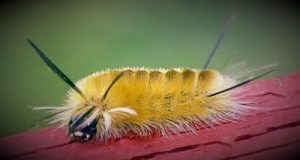
Our reader writes to us to help identify what “looks like a cross between a slug and a worm or a caterpillar. The bottom is smooth like a slug, the top is brown and appears to have fine hair or bristles, it has short legs like a caterpillar.” The reader continues to describe the specimen as having three ridges down its back with a few white feathery tufts on the sides, approximately 1 and 1/2 inches long with a head like a leaf roller, and a tail that looks like hair strands. When her husband found it on his leg, he reported it felt as though it was “stinging” him.
We didn’t receive a photograph of this worm or larvae, but it does sound like this caterpillar, identified at this website as a wooly worm, but which is actually a banded or spotted tussock moth caterpillar (Halysidota tessellaris or Lophocampa maculata)
Moth Caterpillars The description as “like a slug” may refer to the thicker appearance of the tussock moth caterpillar body, as compared to another possible candidate, the white cedar moth caterpillar. This too, has a body and head like a leaf roller, tail that looks like hair strands, stings, and could be seen as having ridges down its back. However the white cedar moth caterpillar is native to Australia (except Tasmania.)
We hope that her husband sought relief, if not medical attention, for the stinging sensation he experienced. This reaction upon touching a caterpillar’s spines or hairs is called urticaria, and is a common defense in over 50 caterpillar types in the US. Depending upon his sensitivity, “stings” from caterpillars can cause people and animals to develop hives and even stop breathing (anaphlaxis) and in extreme cases, organ failure. What looks like fuzz or long spines or bristles can be urticating hairs — hollow bristles that contain toxins from poison-gland cells. When touched, these structures can break and the poison is released.
We don’t know what to make of the description “smooth like a slug” with “short legs like a caterpillar.” We think the reader may be describing the spans of a caterpillar’s body between the prolegs (cylindrical legs used for walking and clinging,) but we would interpret “like a slug” to mean legless, gastropodic movement sliding along its “sole.”
A picture or geographic location might have assisted in a more precise identification for this reader, perhaps even the type of area (meadow, pine forest, oak grove or apple orchard, etc.) where the worm was found. If we know the reader is an Aussie, we might not rule out the white cedar moth caterpillar. We invite the reader to take a look at examples of tussock moth caterpillars and see if our analysis bears up.
All About Worms is always free, always reader-supported. Your tips via CashApp, Venmo, or Paypal are appreciated! Receipts will come from ISIPP Publishing.
You might also find these guys interesting!
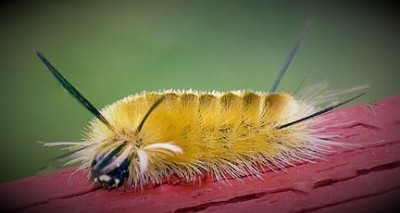



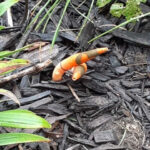
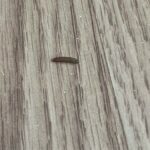
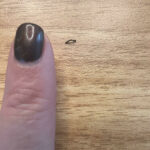

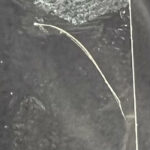


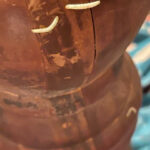


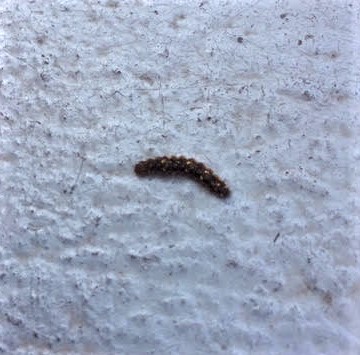
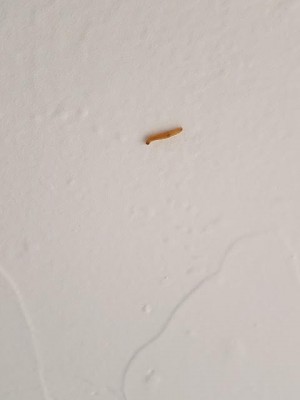


we found white tussock caterpillars invading our deck, patio furniture, etc. without touching any i started to feel needle like stings on exposed skin. i found tiny brown hairs everywhere. initially stings only caused localized pain. now our clothes, carpet, etc are infested with these hairs. now if i get even 1 hair/sting i get very sick. example: if sting on palm of hand, burning pain travels to closest joint & pain intensifies as it moves to wrist then elbow & round tender lumps form at joints. within an hr i have extreme pain all my major joints, lower back, & left kidney area. do these things carry some kind of infectious disease? fever w chills 3-4 am sometimes also. my dr thinks im delusional. we live in arkansas & our head of zoonotics/infectious disease at health dept has never heard of tussock moth!! any info as to how we get rid of them greatly appreciated. please help. thank you